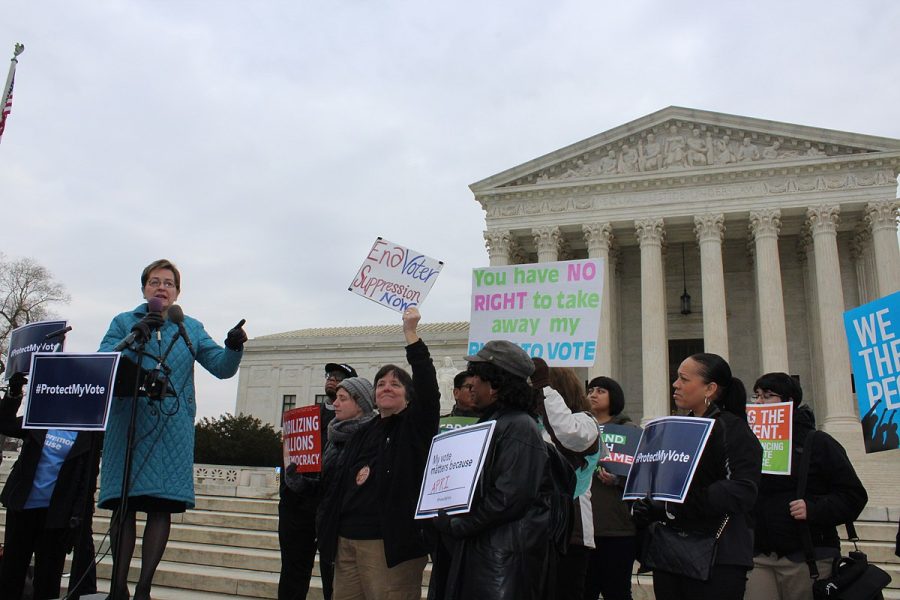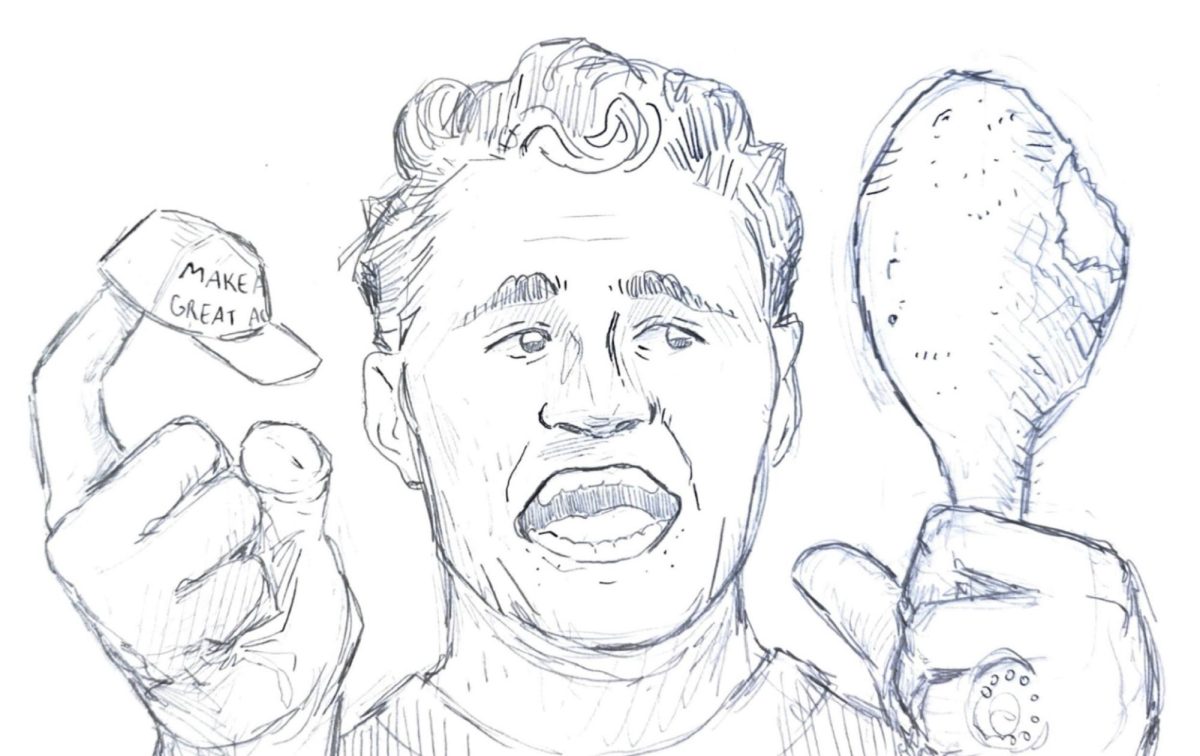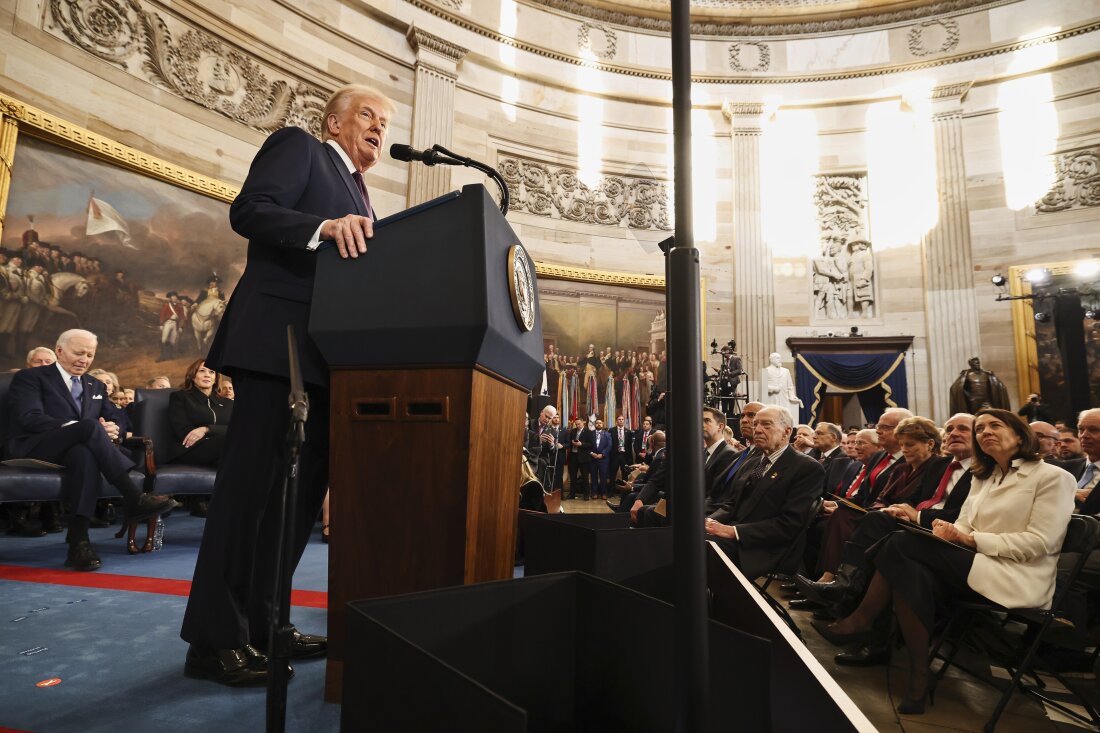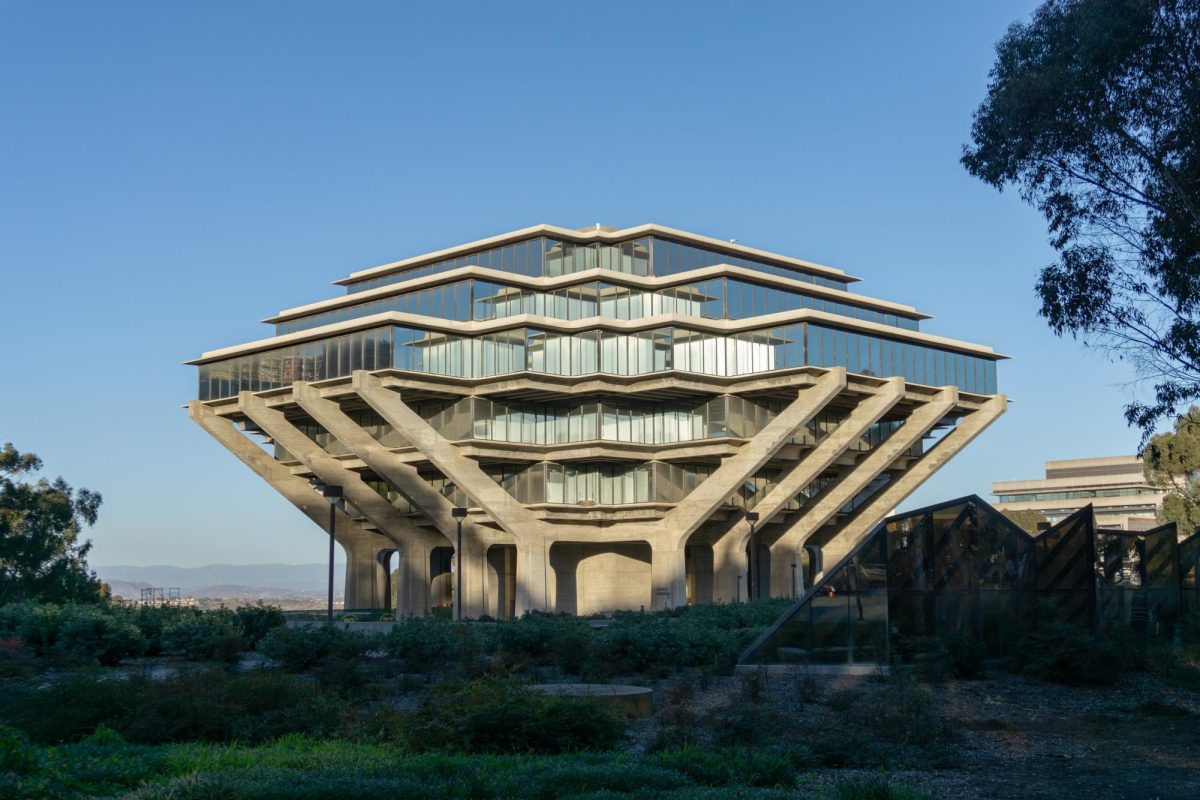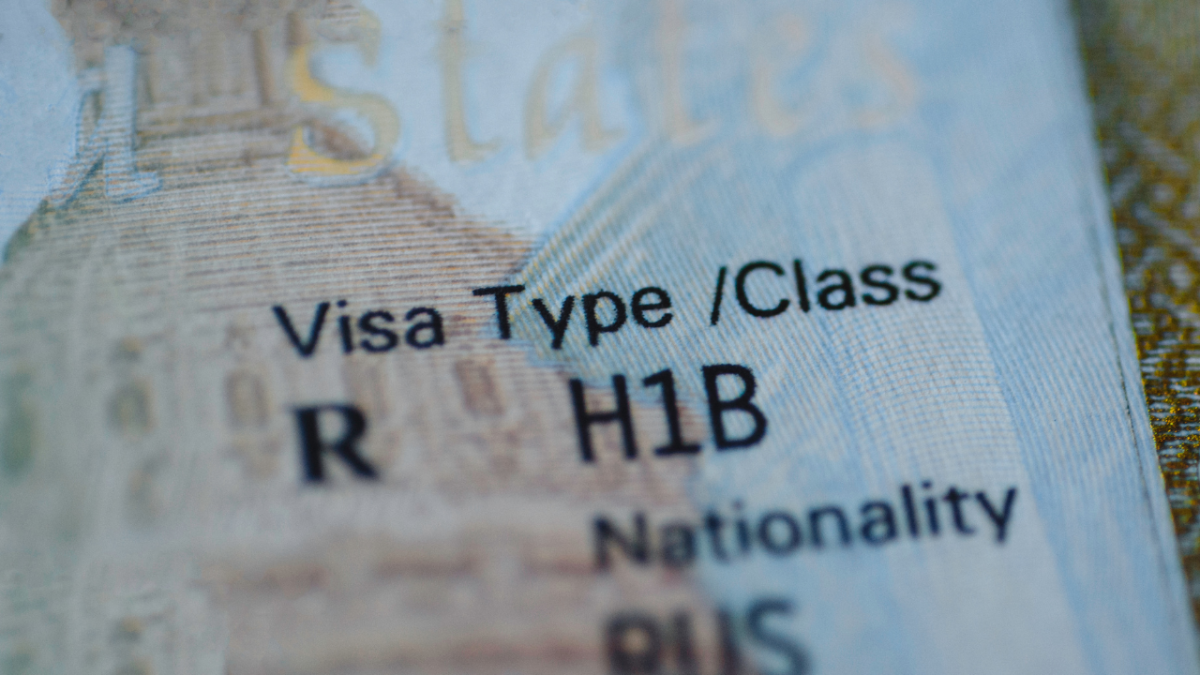A few days ago, I saw an article in the New York Times that was titled something along the lines of “Supreme Court is leaning towards striking down the Voting Rights Act,” to paraphrase heavily. I had already looked into the case being heard this term around the time of Roe v. Wade’s overturning, but this framing bothered me to the point where I decided to dive deeper into this term’s redistricting case. I am here to answer a few questions. The first is to clear up the case being presented. From there I will argue that the facts of the story lead to the conclusion that the most likely outcome is the same outcome that was decided by the conservative lower court. However, in the post-Roe era court, nothing is promised, so I will cover the worst case scenario of what will happen and what we should do.
First let us talk about the case being presented. The case is Merrill vs. Milligan or Merril v. Caster. The case is based on the Alabama congressional map drawn after the 2020 census which massively underrepresented Black voters. Alabama is 25% black, but only 1 in 7 districts represented Black voters. This is a violation of the Voting Rights Act (VRA). In the law, racial gerrymandering has a considerable amount of precedent. Thornburg v. Gingles (1986) established that minority voters get proper representation under Section 2 of the Voting Rights Act. Shaw v. Reno (1993) demonstrated that courts can strike down racist districts. Bush v. Vera (1996) demonstrated that race cannot be used as a proxy for political affiliation. Cooper v. Harris (2017) demonstrated that partisanship cannot be used for racial gerrymandering. Most judges would see this Alabama case fairly open-and-shut considering the precedent. Unlike partisan gerrymandering, the court does interfere in racial gerrymandering cases in favor of no discrimination. The lower court judges did find the case fairly open-and-shut and ruled in favor of the voting activist in the case. This was fairly significant as a barometer of things to come, considering that two of the three judges were Trump appointees, and our Supreme Court has three Trump appointees, who are all most likely to be pro-Alabama in this case.
The evidence might seem to point in favor of a pro-Voting Rights Act ruling, but the actions of the conservative members on the Supreme Court in the past still need to be considered, along with how “liberally” they have been playing with precedent since Justice Amy Coney Barret took her seat. For example, in Shelby County v. Holder (2013), the Supreme Court gutted Section 5 of the VRA, which was central to protecting underrepresented minorities from racial gerrymandering. This was done by Chief Justice John Roberts, who is now considered to be one of the Court’s more moderate conservatives. This case is a bad sign for those who favor the VRA. Additionally, in Brnovich vs. Democratic National Committee (DNC) (2021) the court ruled against a case which was in favor of the VRA Section 2, which is notably of concern in the upcoming case, another bad sign. However, for those in favor of the Voting Rights Act, the DNC in this case was arguably stretching the bounds of Section 2 into partisanship and out of race, further than the Alabama case being heard now. Finally, of concern, is the liberal disregard for precedent by the current Supreme Court. Roe v. Wade demonstrated that the conditions to disregard precedent are a lot more flexible than previously established. Therefore, even though this case has strong precedent, it is hard to decide if the case is open-and-shut like it was in the lower courts.
Regardless, this case will be decided along the same lines of precedent cases. The transcriptions of the recordings and the line of questioning by Roberts make it appear as though the conservatives are not fully with Alabama in this case. Notably, Roberts, who appears to have a vendetta against the VRA, has been very critical of the Alabama lawyers in their case hearing on the 4th of this month. These comments are due to the strong precedent, but also due to the fact that it appears that Alabama has a messy case that seems to be largely built on absurd race arguments that run counter to the common understanding of the law. Alabama’s strongest argument is a more narrow interpretation of the VRA’s second section. However, the arguments supporting the case are absurd. A section of Alabama’s argument argues that the historical application of the VRA is unconstitutional because it is racist, and it is racist because it is simply about race. It is evident the judges found this argument to be absurd. Alito called it ‘far-reaching’ and even Barrett made comments about intent in discrimination being irrelevant. Justice Clarence Thomas did not say anything, but he is the most silent judge on the court, so this isn’t indicative of any significant opinions. However, these comments made by the conservative judges are indicative of consensus with the lower court judges, in the best case, or a narrowing of Section 2 in the worst case. The chances of complete abolition or dramatic change is slim based on the shaky argument from Alabama and the far-reaching and mostly uncontroversial precedent regarding the VRA protections.
What does it mean if the worst case scenario happens, and if it does, what is supposed to be done to fix it? Even if the court sides entirely with Alabama in this case, such a scenario would not destroy the VRA, but narrow the application of Section 2. Though not ideal, the VRA would still be in place, providing some protections. That is, unless the Supreme Court declares the VRA to be unconstitutional. In this very unlikely scenario, the only path is passing a bill through Congress. In 1980, Congress amended the VRA to show that intent of discrimination is irrelevant, a change which is evidently still held by the courts today. If the VRA is gutted further, Congress can pass an amendment similar to the one in 1980 to further expand the application of Section 2 to the point where the court can no longer find issue with Section 2, as they do now.
The most ideal action in the worst case scenario is an amendment to the Constitution which solidifies fairness in redistricting. This could also include protections for class and party, along with race. This could help tackle the rampant misrepresentation problem in this country along a variety of bases. Without congressional action on this issue, we are rolling the dice every year and hoping that important voting protections stay in place. Considering the conservative nature of our Supreme Court, the luck of those in favor of more protections on voting will not last long. It is the job of the legislature to legislate and the court to rule on legislation not make it. Further inaction of Congress on this issue will lead to a future where the legislation is more and more done by the Supreme Court.
Image Courtesy of SecretUser101 on Wikimedia Commons


